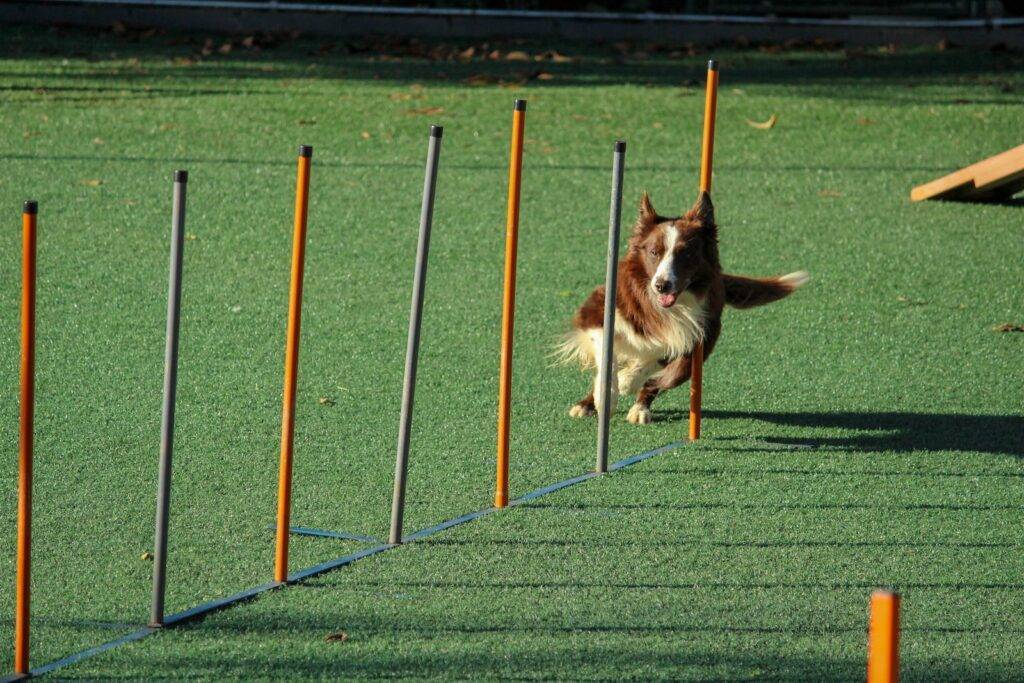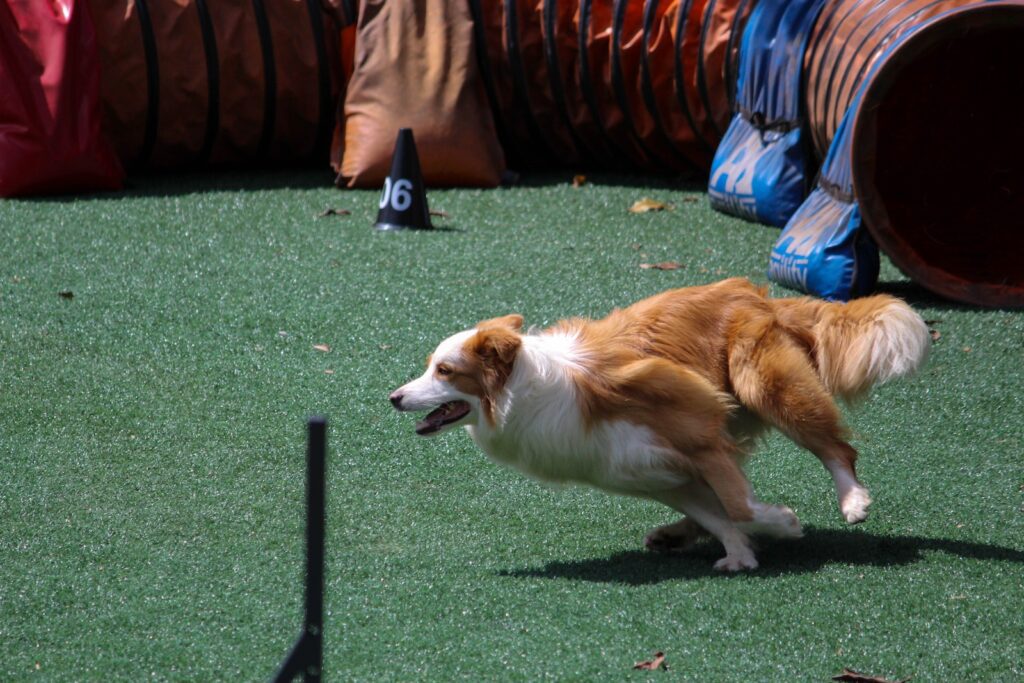Dog Exercise Benefits is crucial for the physical and mental well-being of our pets, just as it is for us. Regular exercise can help to keep our pets healthy, and happy, and prevent a variety of health problems. In this article, we’ll explore the benefits of regular exercise for pets and provide tips on how to get started.
Table of Contents
Dog Exercise Benefits – Physical Health
One of the most significant benefits of regular exercise for pets is improved physical health. Exercise helps to keep your pet’s muscles and joints healthy, which can help to prevent arthritis, obesity, and other health problems. Regular exercise also helps to improve cardiovascular health, which is essential for maintaining a healthy heart and circulatory system.
Dog Exercise Benefits – Mental Health
Regular exercise is also essential for the mental well-being of our pets. Exercise can help to relieve stress and anxiety, reduce boredom, and improve mood. This is particularly important for pets who live a sedentary lifestyle, as a lack of physical activity can lead to depression and other mental health problems.
Dog Exercise Benefits – Bonding
Regular exercise can also provide an opportunity for you to bond with your pet. Whether it’s a walk around the block, a game of fetch, or a swim in the pool, exercise is a great way to spend time with your pet and strengthen your bond. Spending time with your pet can also reduce stress and improve mood, which is beneficial for both you and your pet.

Dog Exercise Benefits – Weight Management
Obesity is a common health problem for pets, and it can lead to a variety of other health problems, such as joint problems, heart disease, and diabetes. Regular exercise can help to prevent obesity by burning excess calories and promoting weight loss. This is particularly important for overweight pets, as losing weight can help to improve overall health and well-being.
Dog Exercise Benefits – Behavioral Issues
Regular exercise can also help to prevent behavioral problems in pets. Boredom and pent-up energy can lead to destructive behavior, such as chewing, digging, and barking. Regular exercise can help to relieve boredom and prevent destructive behavior by providing an outlet for your pet’s energy.

How To Get Started with Regular Exercise for Dogs
Getting started with regular exercise for pets is easy, and there are many options to choose from.
Consult with Your Veterinarian: Before starting an exercise program with your pet, it is important to consult with your veterinarian. Your veterinarian can provide recommendations on the best types of exercise for your pet based on their breed, age, and health status.
Start Slow: If your pet is not used to regular exercise, it is important to start slow and gradually increase the intensity and duration of the exercise. This will help to prevent injury and make the transition to regular exercise easier for your pet.
Choose Appropriate Exercise: Choose an exercise that is appropriate for your pet’s breed, age, and health status. For example, if your dog is older or has joint problems, swimming may be a better option than running. If your pet is a high-energy breed, such as a border collie, a game of fetch may be a better option than a leisurely walk.
Vary the Exercise: Varying the type of exercise you do with your dog can help to keep things interesting and prevent boredom. This can include a mix of walks, games of fetch, swimming, agility training, and other activities.

Conclusion
In conclusion, it’s abundantly clear that regular exercise is not just beneficial for humans but is equally essential for our four-legged companions. The advantages of keeping your dog active and fit are numerous, ranging from physical health benefits to mental well-being. Whether it’s a brisk walk in the park, a game of fetch, or a more structured exercise routine, the positive impact of regular activity on your dog’s health cannot be overstated.
Regular exercise helps maintain a healthy weight, prevents obesity-related health issues, and promotes strong muscles and joints. Moreover, it provides an outlet for excess energy, reducing the risk of destructive behaviour and anxiety in your furry friend. The mental stimulation that comes from exercise also contributes to a happier and more contented canine.
Remember that each dog has its unique exercise needs, so it’s crucial to consult with your veterinarian to tailor a workout plan that suits your pet’s age, breed, and overall health. With proper exercise, you’ll not only see improvements in your dog’s physical health but also enjoy a closer bond with your loyal companion.
So, whether you’re embarking on a new exercise routine or simply enhancing your dog’s existing activities, you’re taking a significant step towards ensuring a longer, healthier, and happier life for your beloved pet. Make regular exercise a priority, and both you and your dog will reap the rewards of a healthier, more active, and fulfilling life together.